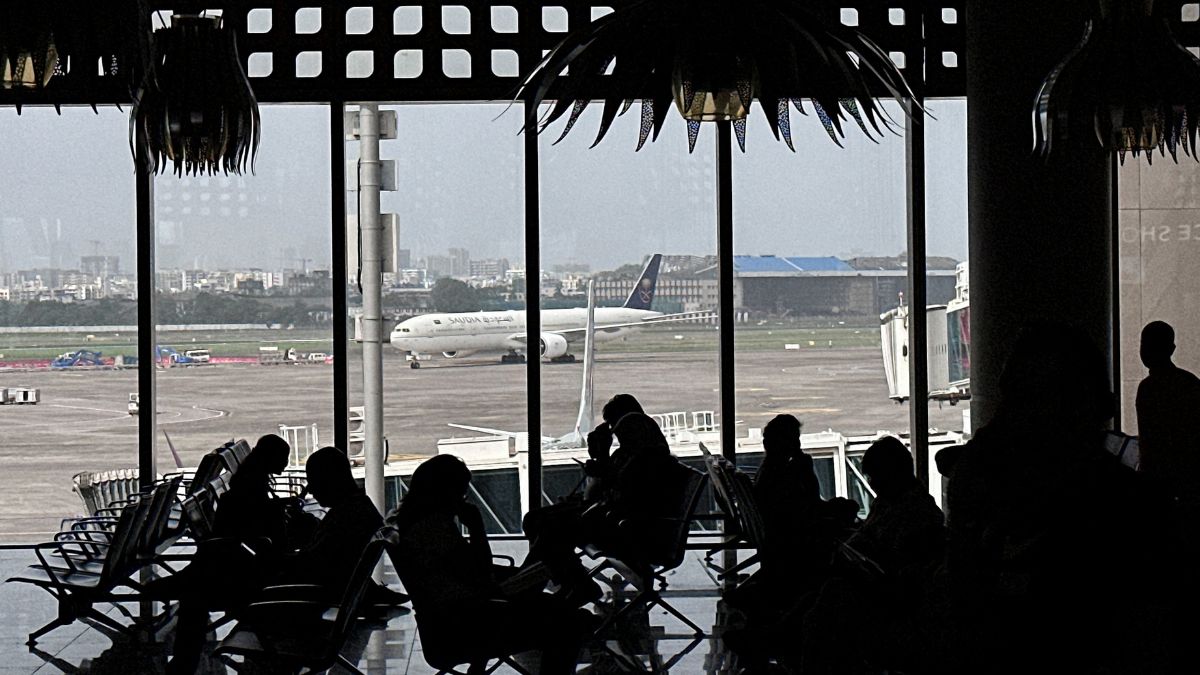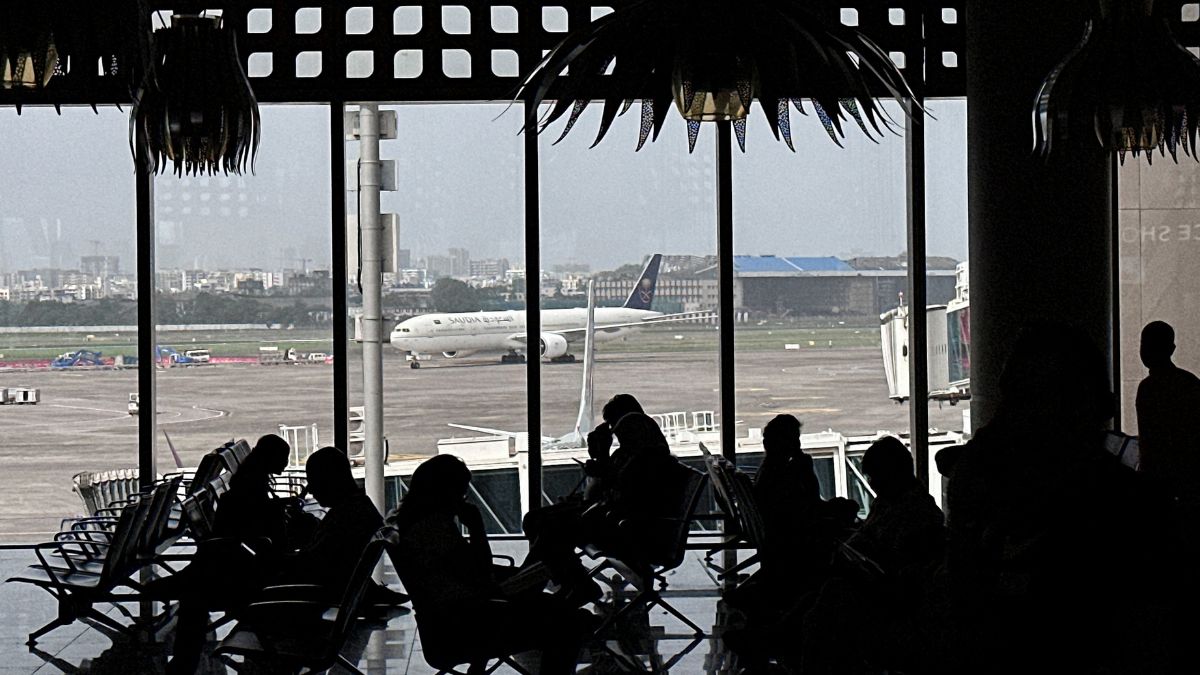The Fujian, China’s newest and most advanced aircraft carrier, has entered service days after a grand commissioning ceremony attended by President Xi Jinping.
Beijing, with the commissioning of the Fujian, now has the second most aircraft carriers in the world after America.
The Fujian, China’s third warship, comes equipped with electromagnetic catapults, which allow planes to be launched at higher speeds. China is also looking to assert power in the disputed waters of the East China Sea, the Taiwan Strait and the South China Sea.
But what do we know about it?
Let’s take a closer look.
First domestically-made carrier
The Fujian is China’s first domestically-designed carrier. Its first, the Liaoning, was refurbished from an unfinished Soviet ship that Ukraine inherited and later sold to China. The second, the Shandong, was built in China based on the Liaoning’s design. All three carriers are named after coastal Chinese provinces.
The country’s three carriers push its tally past India, the United Kingdom and Italy, which have two aircraft carriers each.
Boost to China’s ‘blue-water’ naval capacity
The Fujian is China’s first aircraft carrier with a catapult launch system, which means it can launch heavy and fully-loaded warplanes including an early-warning and control plane. That allows the carrier to operate against distant targets while far out at sea, since it doesn’t have to rely on land-based reconnaissance aircraft to detect threats. Its planes can also carry more arms and fuel, boosting their range and firepower.
The Shandong and Liaoning have an upward-sloping ski-jump deck that can only launch fighter jets with lighter loads and cannot handle large support aircraft.
Electromagnetic catapult system
It’s also the second carrier in the world with an electromagnetic catapult launch system, after America’s newest carrier, the USS Gerald R. Ford.
America’s 11 carriers all have catapult launchers, but the 10 Nimitz-class carriers use a steam system rather than an electromagnetic one.
The steam catapults put more stress on both the aircraft and the ship, requiring more maintenance, and take up more space.
The electromagnetic version operates more efficiently and can also handle a wider range of aircraft, because its launch power can be calibrated to handle both lightweight drones and heavier planes.
Impact Shorts
More ShortsThese include the KJ-600 early warning and control plane and China’s latest J-35 stealth fighter and J-15T heavy fighter.
No nuclear power
However, China’s carriers are not nuclear-powered, which limits how long and how far they can sail. Estimates put the Fujian’s operational range at 8,000 to 10,000 nautical miles.
America’s carriers are nuclear-powered, giving them virtually unlimited range with no need to refuel. China appears to be working on nuclear propulsion for its next-generation carriers, but the timetable remains unclear.
The nation’s carrier development is moving in that direction, Zhang Junshe, a researcher at the military’s naval research institute, told state broadcaster CCTV in September.
Fujian smaller than US counterparts
The Fujian has a full-load displacement of more than 80,000 tonnes compared to 100,000 tonnes of America’s Nimitz and Ford-class carriers.
China has not disclosed how many planes the Fujian can carry, but experts estimate it is 40 to 60. The US carriers, meanwhile, can hold between 60 and 70 planes.
The Fujian has two aircraft elevators versus three on the USS Ford, a smaller flight deck and three catapults compared to the Ford’s four. Experts say that means the American ship should be able to launch planes more rapidly. A second Ford-class carrier is expected to be delivered to the US Navy in 2027.
With inputs from agencies


)

)
)
)
)
)
)
)
)



